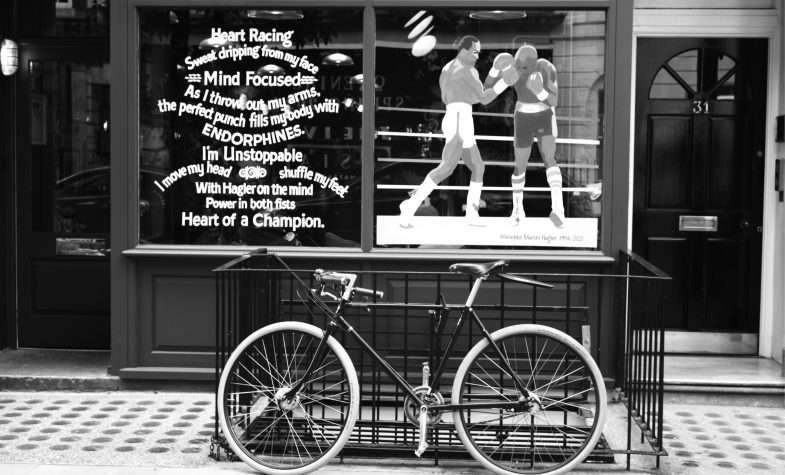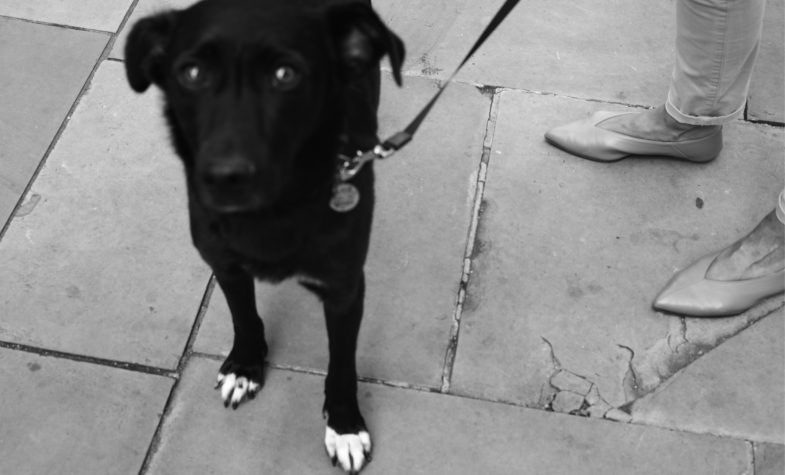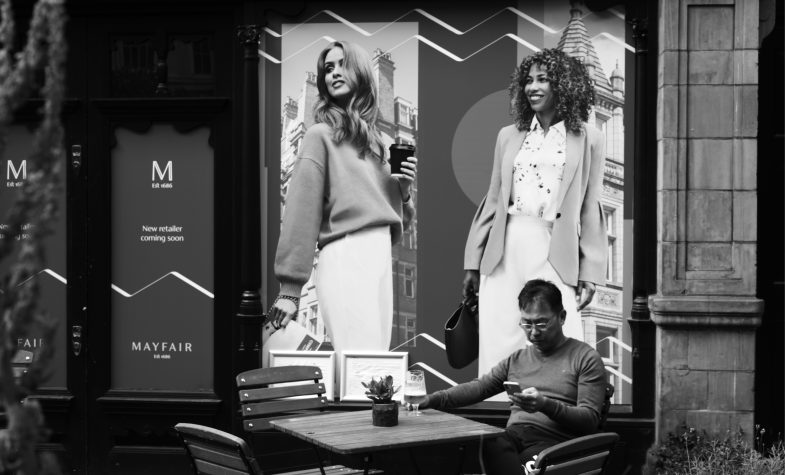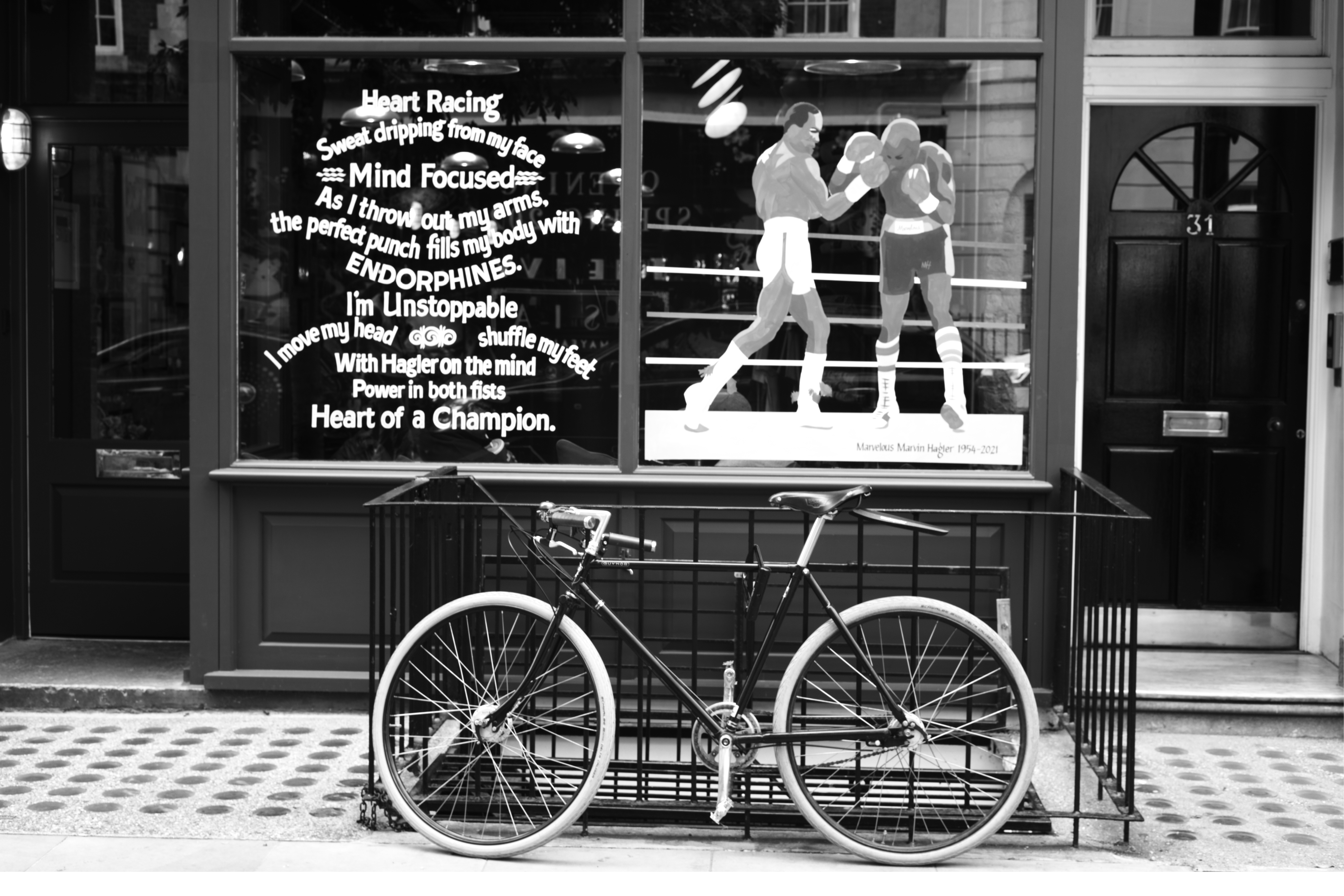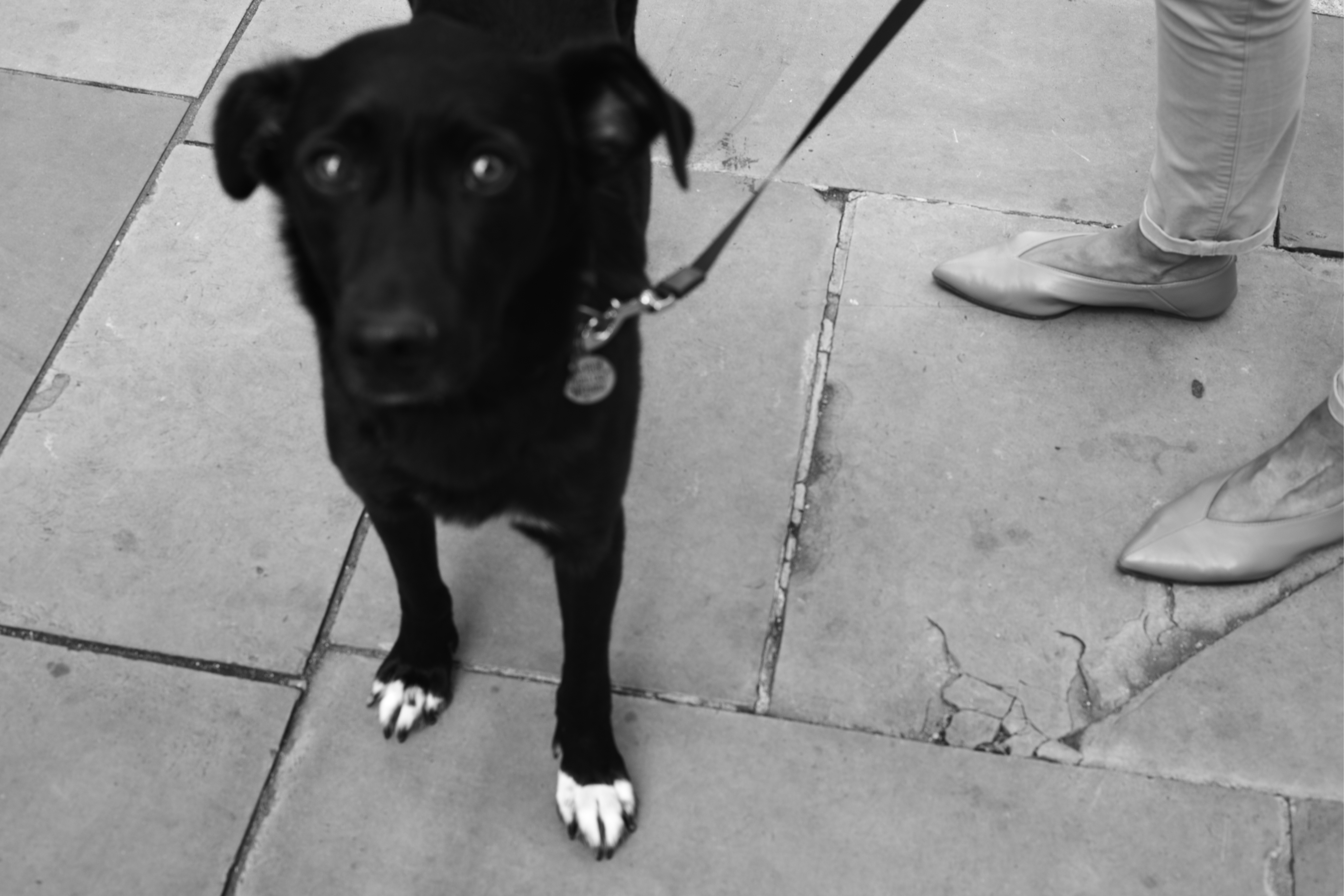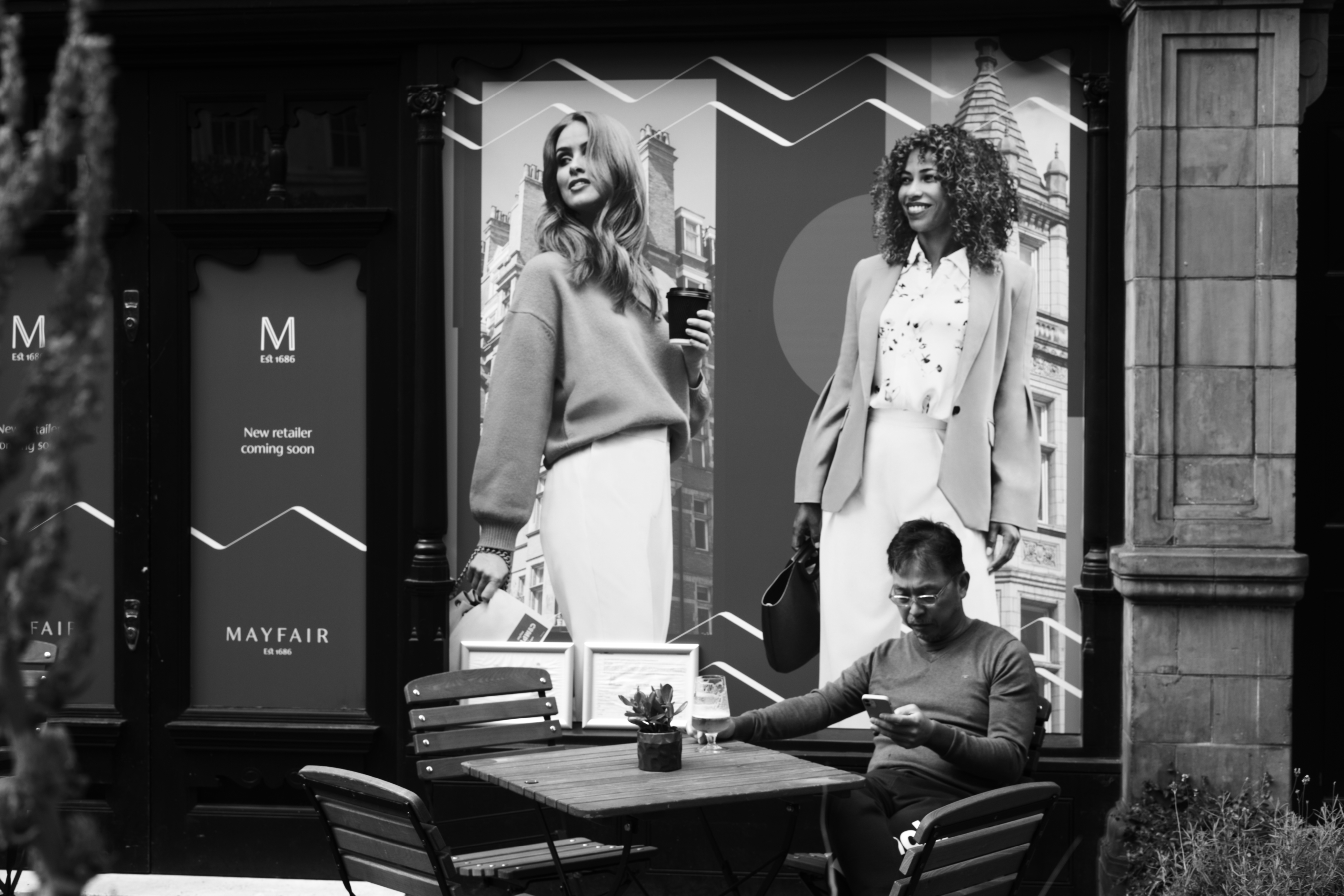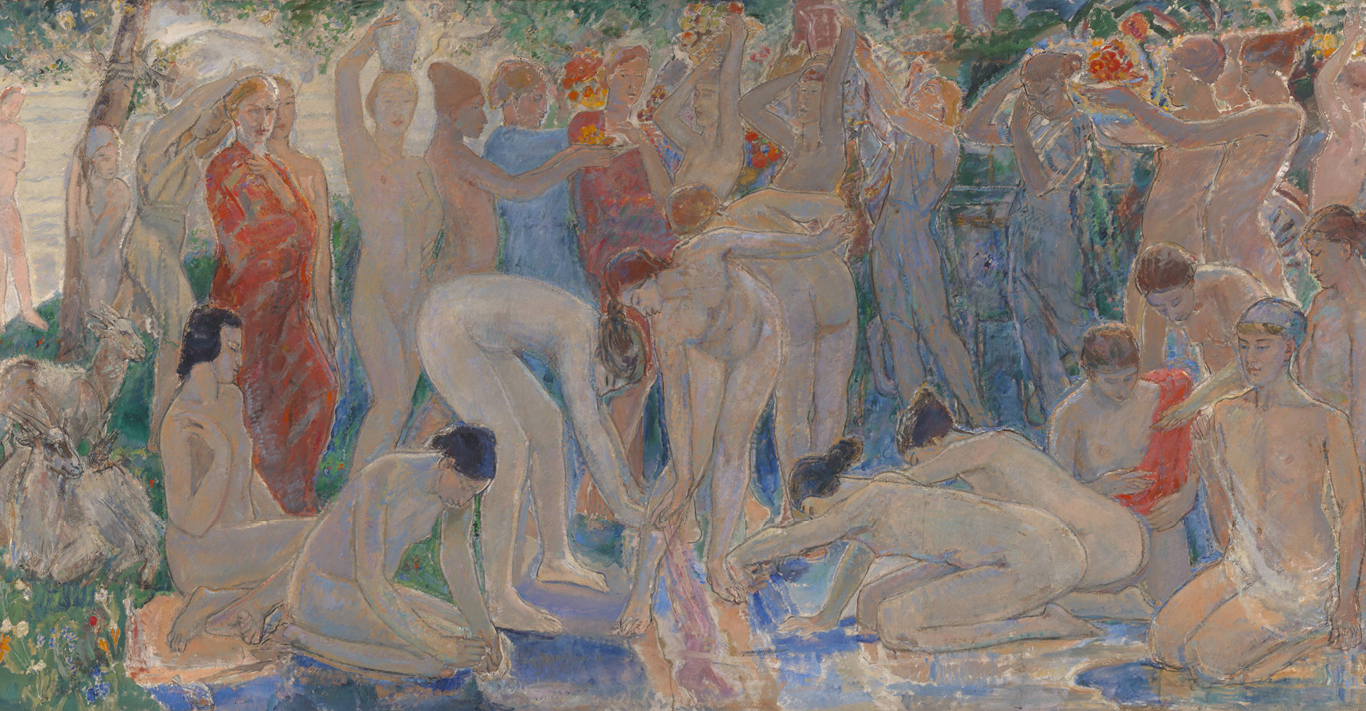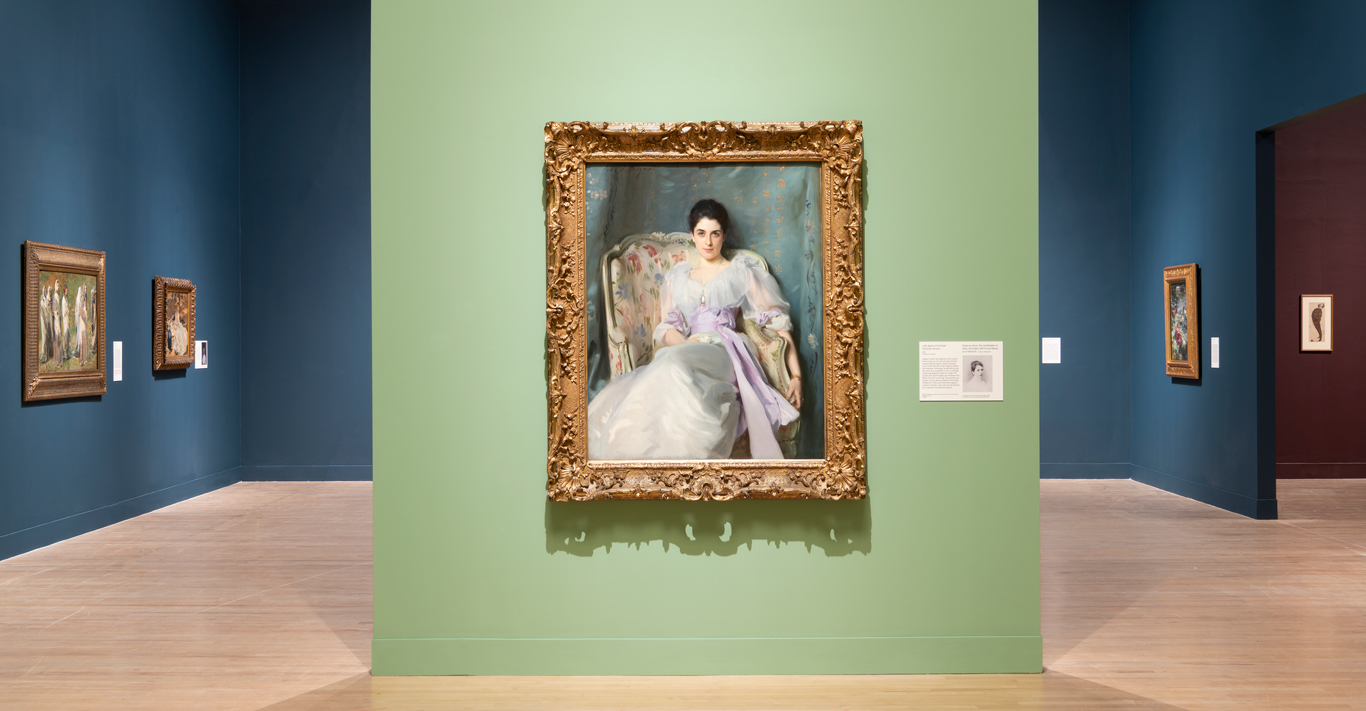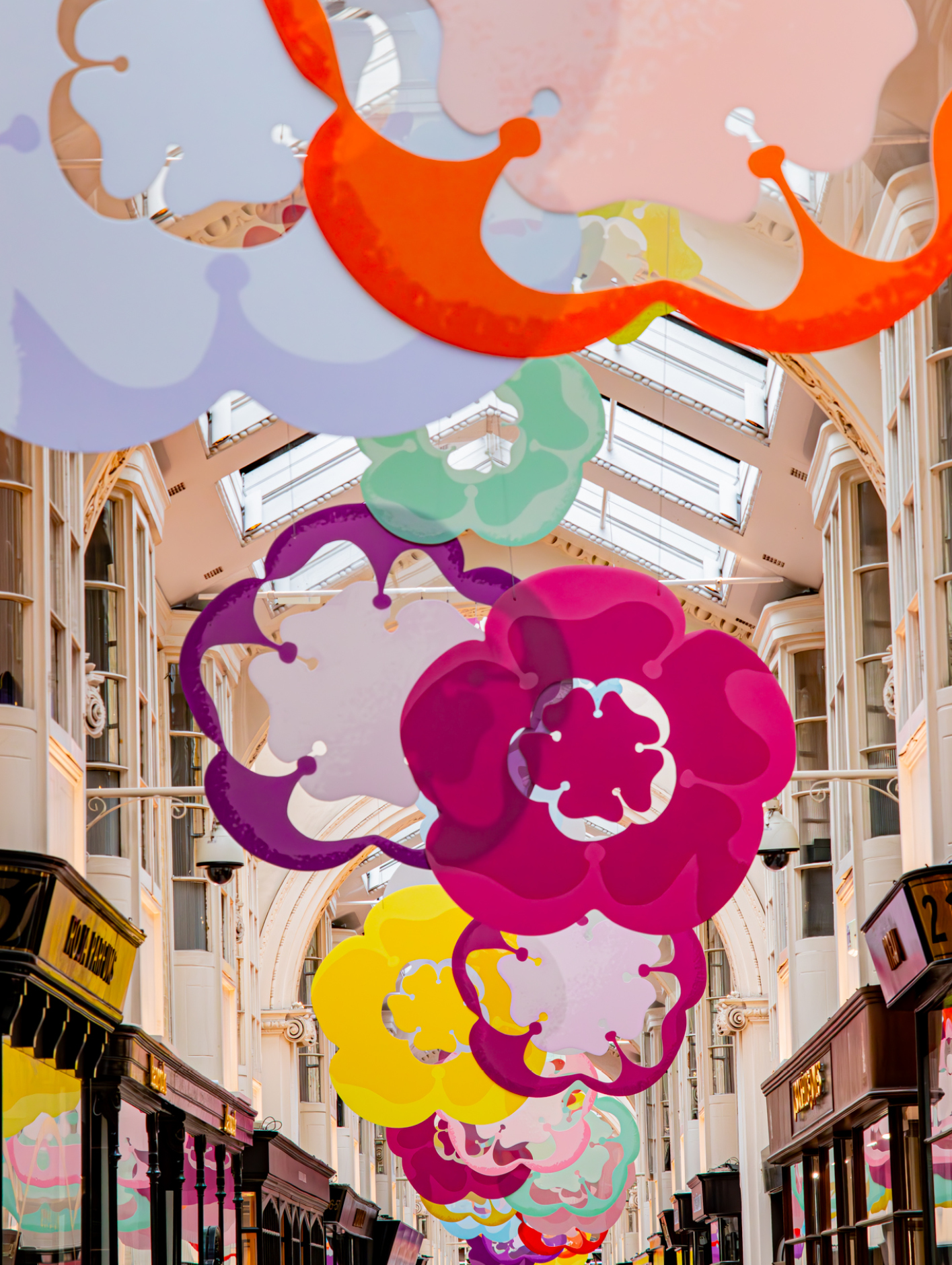WORDS
Peter Howarth
So you fancy yourself as a photographer? But maybe you aspire to using something a little more distinguished than your iPhone? Enter Leica, a world-famous maker of cameras and lenses that numbers some of the greats of the art of photography among its users. In particular, Leica has attracted those who like to create documentary images: amazing photographers such as Robert Capa, Elliott Erwitt, Bruce Davidson and Garry Winogrand.
Leica can lay claim to having invented the commercial portable camera. The Leica 1, designed by Oskar Barnack, was launched on the market in 1925, the first camera to make use of 35mm film – the type being used for cinema at the time. The small format film allowed for the development of a portable camera as an alternative to the more bulky affairs that preceded it, and with this new machine came the possibility of taking pictures discreetly in a much more spontaneous way. Thus, the notion of street photography was effectively born – look, for example, at the famous images of Cartier-Bresson that really helped create this genre. Known for the idea of capturing the “decisive moment”, he was an early adopter of 35mm photography and shot with a Leica.
It’s not only the size and ease of these machines, but also their relative silence that has endeared them to street work. Using a rangefinder system that doesn’t require a mirror that has to move mechanically, Leica film cameras, and now their digital descendants, allow you to click away without the actual click. This is perfect for those who wish to capture candid images of life in progress without drawing attention to themselves.
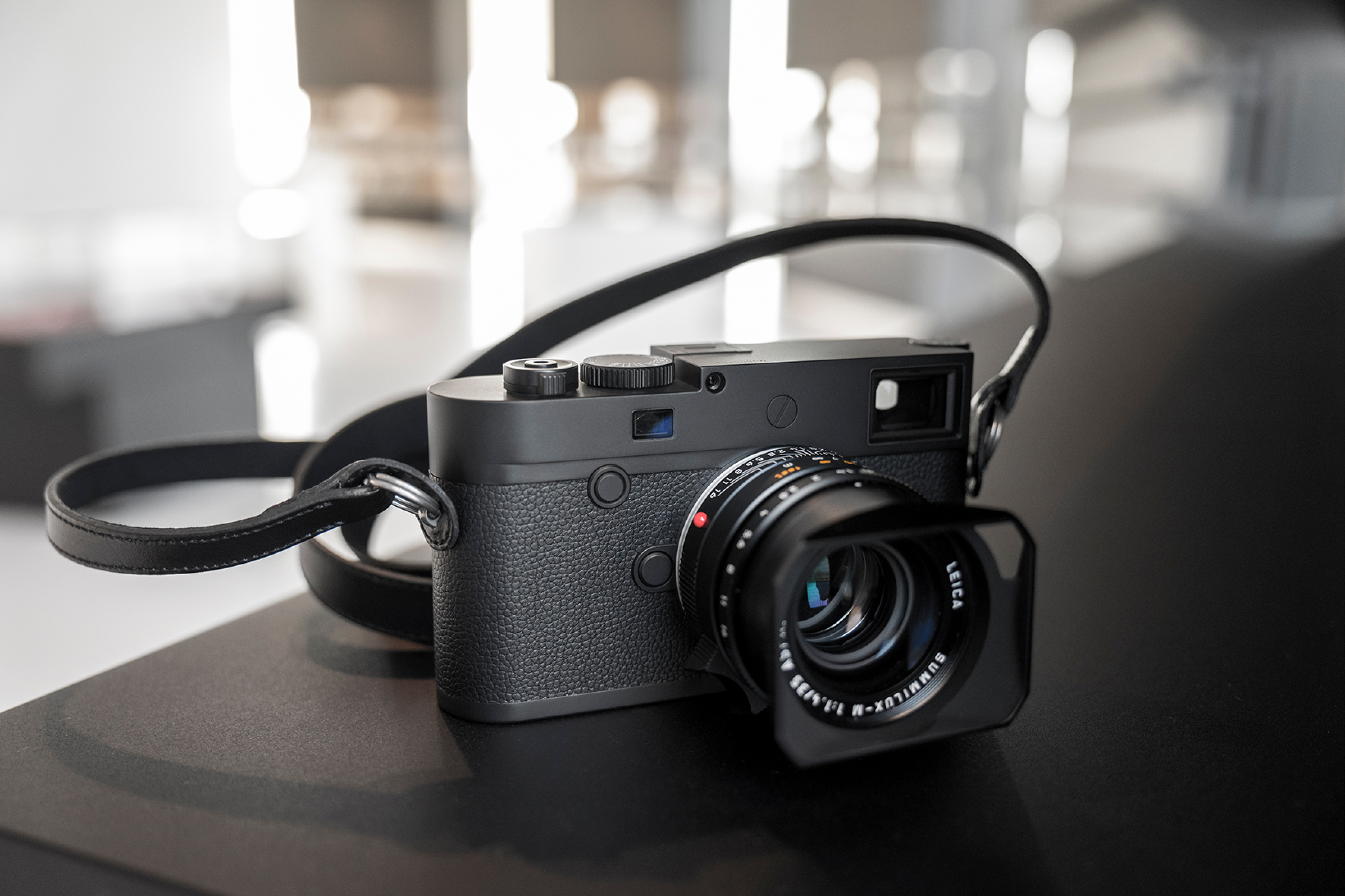
Leica has a London outpost, a store in Mayfair that doubles as a gallery and also a study centre. The Leica Akademie, founded in Germany in 1934, is a service that offers fans of Leica photography the opportunity to access training and occasionally a session with one of the many star professionals that use the cameras. And so it was that a few weeks ago I attended a morning at London’s Leica Akademie to learn about the art of street photography and experience what it is like to go on assignment with a Leica M-series model.
The M is the hero product from Leica. It has been around since the launch of the M3 in 1954 as a film camera, and now exists as a digital model, the M10. Leica still makes film cameras, as there is a huge resurgence of interest in analogue photography, and for those who like the idea of poring over contact sheets and selecting that special frame – remember Cartier- Bresson’s “decisive moment” – there is the M-A into which you can still load colour or black-and-white film.
But if it’s digital you want, then here we have the M10 models and the M10 Monochrom. This latter is really something of a purist’s piece of kit. A digital camera that only shoots in black-and-white. You may think, as I did, that this is bit strange, as of course you can shoot in colour and then convert the image to black-and-white, just as you do when using a camera phone. But the reality is, this doesn’t give the purest black-and-white effect. What you need is a camera where there are no colour sensors, so everything is interpreted in black, white and the shades of grey in between. This is what the M10 Monochrom offers, and the results are richer and more subtle, something much closer to what you get from shooting black-and-white film.
In the Leica classroom, below the gallery floor, a small group of us learnt this, and about the history of the M cameras and those who took some of the world’s most famous images using one. Led by a tutor well-versed in the technical aspects of the camera, we were then assigned our own M10s and taken through a crash course in how to use them.
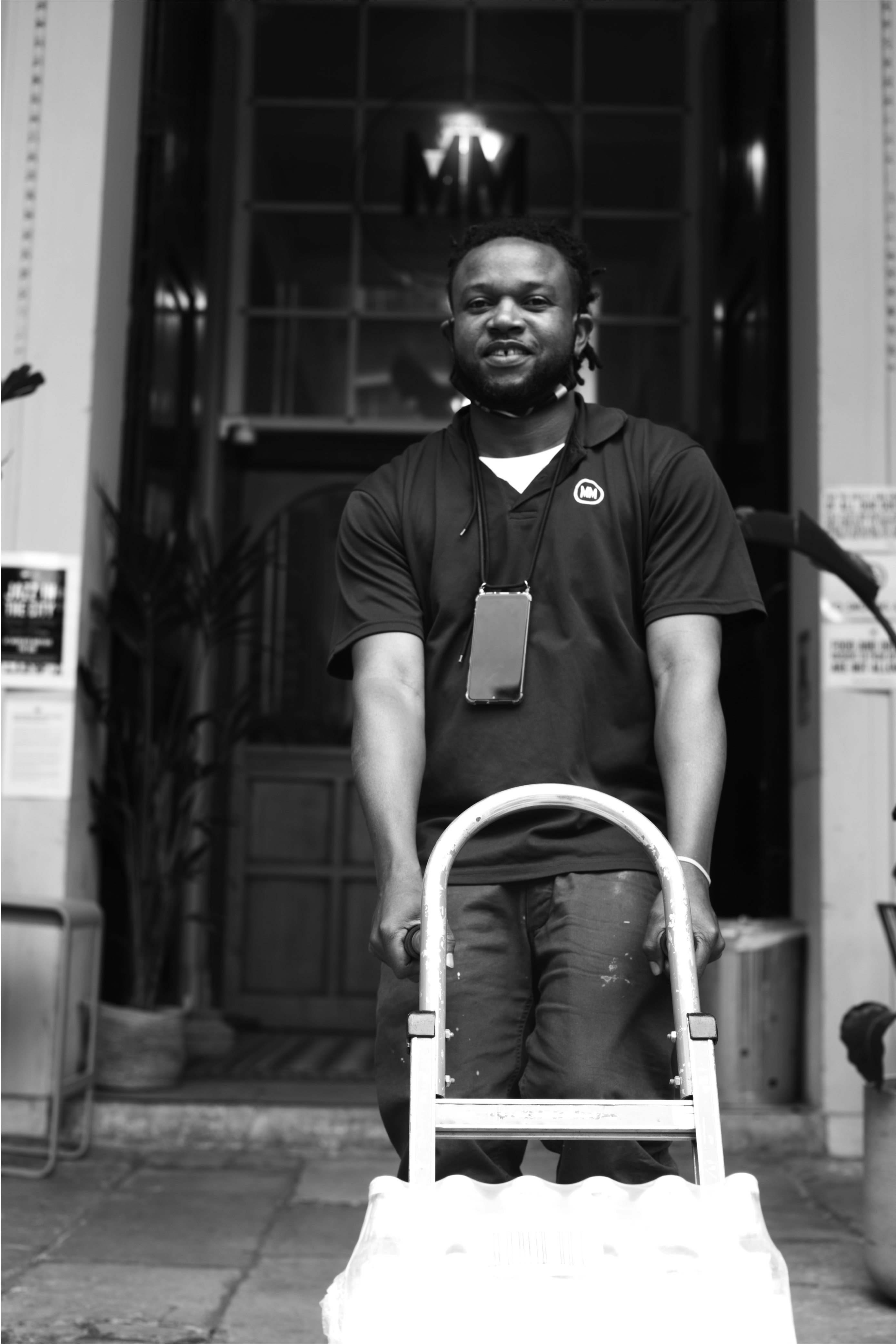
One purpose of the Akademie is to break down some of the fear factor about using a Leica. There is something forbidding about these beautifully-designed machines that are so loved by professionals. It’s a little like being given the keys to a Ferrari. In fact, it’s more daunting, because at least with a supercar you understand the basic principles of how to drive the thing. But with a Leica, many feel that they will not grasp the complexities of how the camera actually works.
What becomes clear at our lesson, though, is that this notion is misplaced – though I confess, I did have a little difficulty working out how to turn my camera on. Leicas are actually designed to be very simple to operate, and with the digital models there are only three buttons on the back. These cameras are built solidly to withstand harsh wear and tear – Leicas have been used in war zones, after all – and they are also designed to be tools. It doesn’t take long to grasp the fundamentals and, as the tech guys like to say these days, the operation is very intuitive.
The other thing that makes Leica so special is its lenses. These are made by hand in Germany and engineered to deliver incredible results. With the M series of camera bodies, there are many interchangeable lenses to choose from, and you need to select your preferred one based on your chosen purpose. (Incidentally, the bayonet mounting system on an M-series camera has remained the same since the beginning of their manufacture, which means you can attach a lens from any era to a new camera body, or indeed, a new lens to an old body).
As we were about to hit the street, I was issued with a 50mm. This gives a “normal” representation with little distortion, close to what the eye sees. But it does necessitate that you get close to your subject matter. I also opted for an M10 Monochrom to try to replicate as closely as I could the rig of the great Leica photographers we’d been looking at.
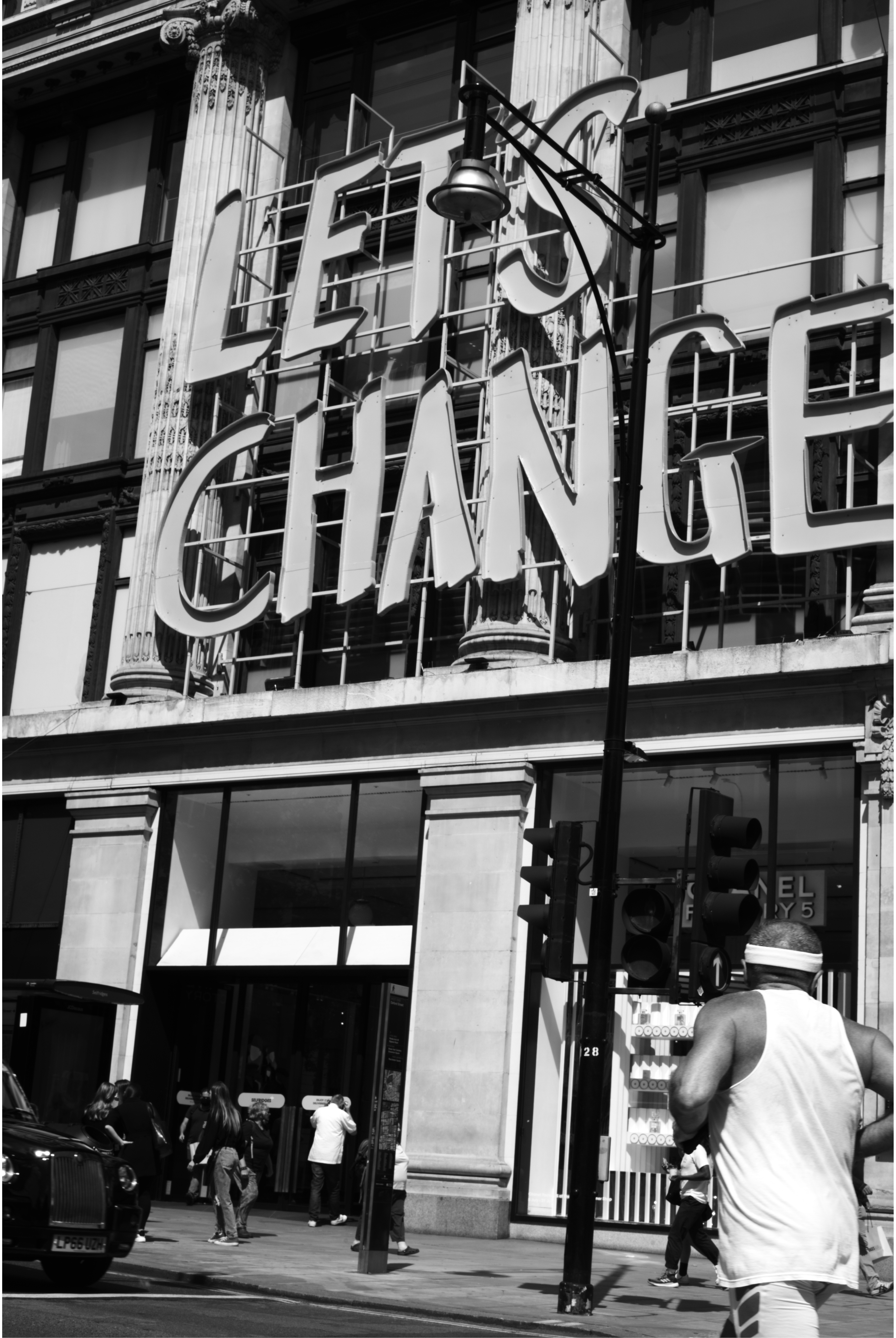
Now for the assignment. We were to go out into nearby Oxford Street and its environs and come back with a small portfolio of shots. One had to be of someone looking at the camera who didn’t know they were being snapped. One was to be of at least two people – they could be unrelated – captured on the street. And one was to be a portrait of a person who we had spoken to and engaged with, securing their permission to take the picture.
In order to help with the more undercover type of shot, our tutor taught us some interesting techniques. These ranged from the in-your-face approach used by US Leica photographer Bruce Gilden, who apparently just behaves like he owns the streets, to setting the depth of field so that everything within a range of, say, three to 10 metres will be in focus, so you can subtly take pictures holding the camera casually, away from your eyes.
Armed with my M10 Monochrom and my new-found skills, I left the safety and security of the classroom and the Leica Gallery and stepped out onto the pavement. The world looked busy and the prospect of taking pictures of complete strangers did seem pretty daunting. It also took a little time to work out the right exposure. But soon my nerves calmed down as I realised how easy it is to use an M10 unobtrusively. After a few minutes I was casually shooting from the hip, as it were, and fulfilling my assignment. Capturing street life inconspicuously was fun and it was actually a bit harder to ask strangers for permission to take their portraits. All the people I approached wanted to know what it was for, and saying that I’d been set a project by the Leica Gallery worked like a dream – apart from with one delivery man who, for whatever reason, just didn’t want to play ball.
We returned to class with our cameras and handed over our SD cards. A few minutes later we were having our efforts critiqued by our tutor, and what was astonishing was how good the results were. For a bunch of amateurs who had no experience of using a Leica, we’d not done badly at all.
Then it was time to leave, and I have to say I handed back my M10 Monochrom rather reluctantly.
The Leica Akademie holds tutorials and events throughout the year. Most require booking and payment for participation. For more information, visit store.leica-camera.com


